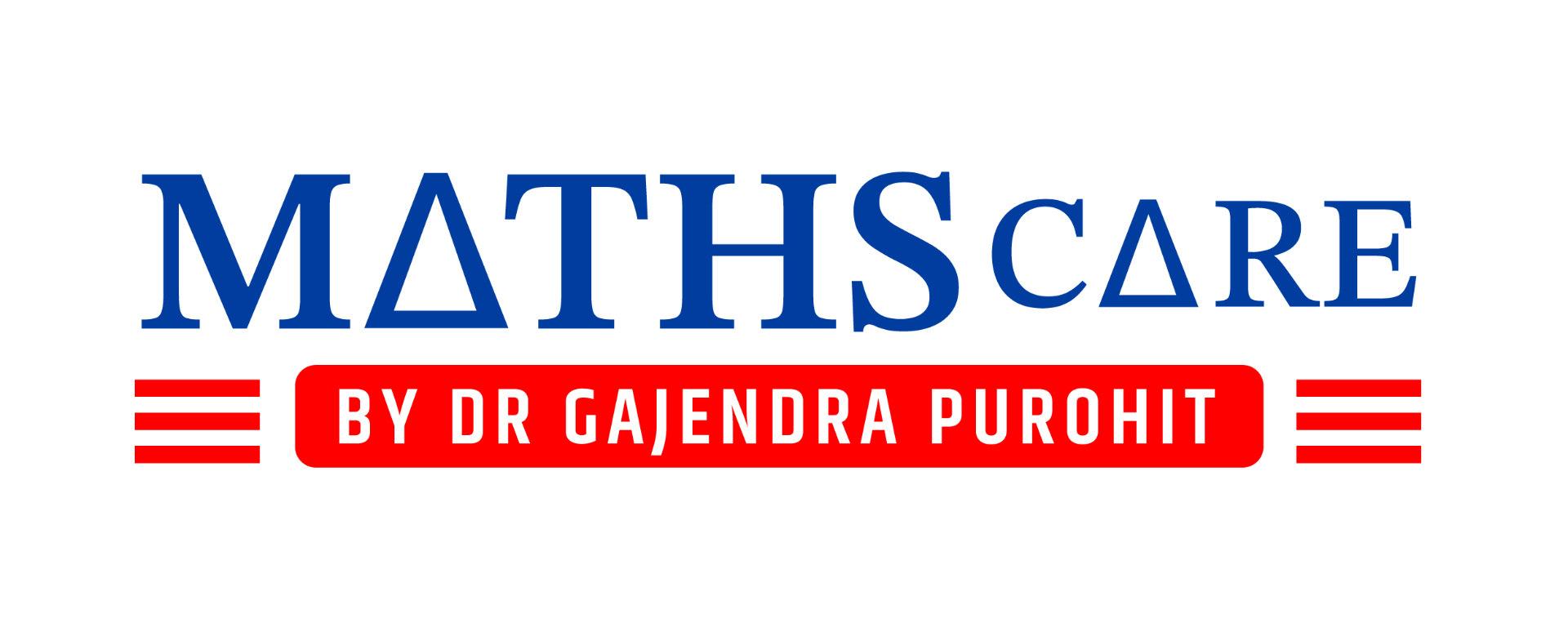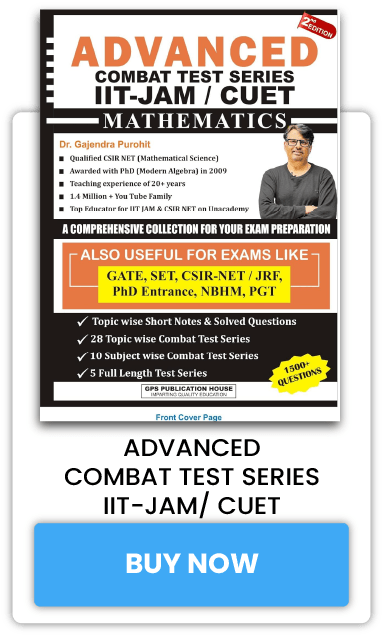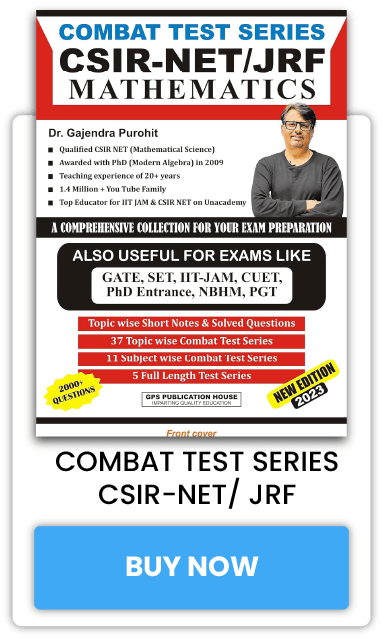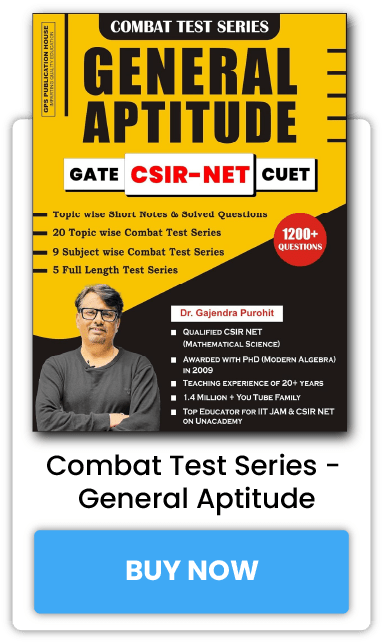IIT JAM 2025 Strategy: 20 days
IIT JAM 2025 (Joint Admission Test for Masters):The IIT Joint Admission Test for Masters (IIT JAM) is a highly competitive exam that opens doors to postgraduate programs at premier institutes in India. With IIT JAM 2025 approaching, the last 20 days are critical for aspirants to refine their preparation. This blog provides a focused strategy to make the most of these final days, alongside insights into the exam’s structure, syllabus, and career opportunities.
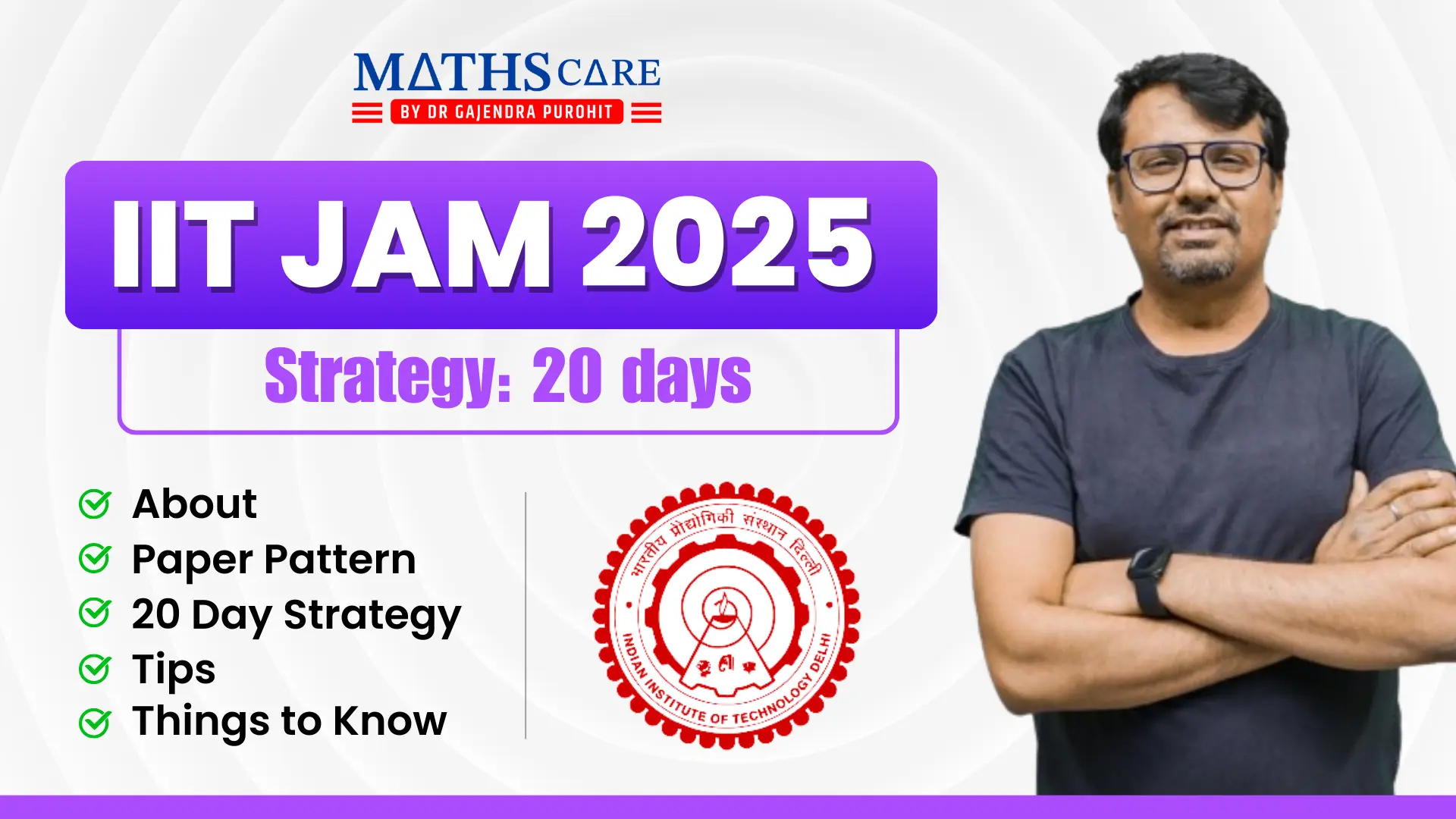
About IIT JAM
The IIT Joint Admission Test (JAM) is conducted annually by the Indian Institutes of Technology (IITs) for admissions to M.Sc., Joint M.Sc.-Ph.D., M.Sc.-Ph.D. Dual Degree, and other postgraduate programs. It tests a candidate’s understanding of fundamental concepts in science, mathematics, and their applications.
Over the years, IIT JAM has gained prominence due to its role in shaping careers in research and academia. With competition at its peak, excelling in JAM requires not only subject knowledge but also strategic planning and time management. It serves as a gateway to some of the most prestigious academic and research institutions in India, making it a top choice for science graduates aspiring to elevate their careers.
Syllabus for Mathematics in IIT JAM
The Mathematics syllabus for IIT JAM 2025 encompasses several key areas:
Sequences and Series of Real Numbers: Convergence of sequences, bounded and monotone sequences, Cauchy sequences, Bolzano-Weierstrass theorem, absolute convergence, and tests of convergence for series such as comparison test, ratio test, and root test.
Functions of One Real Variable: Limits, continuity, intermediate value property, differentiation, Rolle’s Theorem, mean value theorem, L’Hospital rule, Taylor’s theorem, Taylor’s series, maxima and minima, and Riemann integration.
Functions of Two or Three Real Variables: Limits, continuity, partial derivatives, total derivative, and maxima and minima.
Integral Calculus: Double and triple integrals, change of order of integration, calculating surface areas and volumes using double integrals, and calculating volumes using triple integrals.
Differential Equations: Bernoulli’s equation, exact differential equations, integrating factors, orthogonal trajectories, homogeneous differential equations, method of separation of variables, linear differential equations of second order with constant coefficients, method of variation of parameters, and Cauchy-Euler equation.
Linear Algebra: Matrices, systems of linear equations, rank, nullity, rank-nullity theorem, inverse, determinant, eigenvalues, eigenvectors, finite-dimensional vector spaces, linear independence of vectors, basis, dimension, linear transformations, matrix representation, range space, and null space.
Group Theory: Cyclic groups, abelian groups, non-abelian groups, permutation groups, normal subgroups, quotient groups, Lagrange’s theorem for finite groups, and group homomorphisms.
Strategy: The 20-Day Plan
Day 1-5: Consolidate Fundamentals
Revise Core Topics: Focus on high-weightage topics like Linear Algebra, Real Analysis, and Calculus.
Make Summary Notes: Jot down key formulas, theorems, and shortcuts for quick reference.
Solve Previous Year Papers: Analyze question patterns and identify frequently asked topics.
Day 6-10: Practice and Analyze
Mock Tests: Attempt a full-length mock test every alternate day in exam-like conditions.
Error Analysis: Identify recurring errors and address weak areas.
Topic-Wise Practice: Dedicate specific days to individual topics, ensuring depth and clarity.
Day 11-15: Advanced Preparation
Focus on Problem-Solving: Work on challenging problems from standard resources.
Time Management: Practice strategies for optimal time allocation during the test.
Revisit Weak Topics: Resolve lingering doubts and ensure clarity in challenging areas.
Day 16-20: Final Touch
Rapid Revision: Review summary notes, key formulas, and solved problems.
Mock Tests: Take a few more tests to boost confidence and readiness.
Stay Positive: Engage in activities that reduce stress and maintain a calm mindset.
Organising Institute for IIT JAM 2025
The organising institute for IIT JAM 2025 is [Insert Institute Name]. Each year, a different IIT takes charge of conducting the exam, ensuring a seamless and fair process. The organizing institute’s website is the primary source for official updates, including the syllabus, important dates, and results. Regularly visiting the official website ensures you stay informed about any changes or announcements.
IIT JAM 2025 Exam Pattern
The IIT JAM exam consists of 60 questions divided into three sections:
Section A: Multiple Choice Questions (MCQs) – 30 questions (10 carrying 1 mark, 20 carrying 2 marks). These questions test both conceptual understanding and problem-solving speed.
Section B: Multiple Select Questions (MSQs) – 10 questions, 2 marks each. These require careful analysis as there is no negative marking.
Section C: Numerical Answer Type (NAT) Questions – 20 questions (10 carrying 1 mark, 10 carrying 2 marks). Precision and accuracy are critical here, as there are no options to choose from.
The total duration is 3 hours, with the entire paper carrying 100 marks. There is negative marking for incorrect answers in Section A, making accuracy a vital aspect of your preparation.
Topic-Wise Priority List
High Priority:
Linear Algebra
Real Analysis
Medium Priority:
Differential Equations
Integral Calculus
Low Priority:
Group Theory
Allocate time accordingly, focusing more on high-priority topics while not neglecting others. A balanced approach ensures comprehensive coverage of the syllabus.
Eligibility Criteria
To appear for IIT JAM 2025, candidates must meet the following eligibility criteria:
Educational Qualification: A bachelor’s degree in any science stream. Candidates should either have passed the qualifying degree or should be appearing for the final term.
Age Limit: There is no age limit to appear for IIT JAM.
Nationality: Both Indian and foreign nationals are eligible.
Subjects: Candidates can appear in one or two test papers based on their preferences and eligibility.
It is important to thoroughly check the official website for any updates or changes in eligibility criteria.
Admitting Institutes
IIT JAM scores are accepted by all IITs, IISc Bangalore, NITs, and several other institutes for postgraduate programs. These institutes offer a range of programs, from core sciences to interdisciplinary studies, providing students with opportunities to excel in research, academics, and industry. Admission to these institutions is highly competitive, making IIT JAM a gateway to some of the best academic resources and professional networks in the country.
Conclusion
IIT JAM 2025 is a stepping stone to achieving your academic and professional aspirations. With just 20 days left, a focused and disciplined approach can make all the difference. Follow the strategy outlined above, stay consistent, and maintain confidence in your abilities. Remember, success comes to those who are prepared and persistent. Best of luck!
IIT JAM FAQS
JAM 2025 will only be conducted in English. There is no option for regional languages.
You can add or switch papers before the final deadline for corrections, but additional fees may apply.
To be considered under the PwD category, a minimum of 40% disability is required, as per the guidelines of the RPwD Act.
If you find any discrepancies or ambiguities in the exam paper, you can submit a challenge to the organizing body after the exam, following the official guidelines.
Physical calculators are not allowed in the exam. You must use the virtual calculator provided on the computer interface during the test.
BEST OFFERING COURSES FOR YOU
BEST BOOKS FOR IIT JAM/ CSIR-NET
BUY BOOKS ON OUR APP
RECENT POSTS
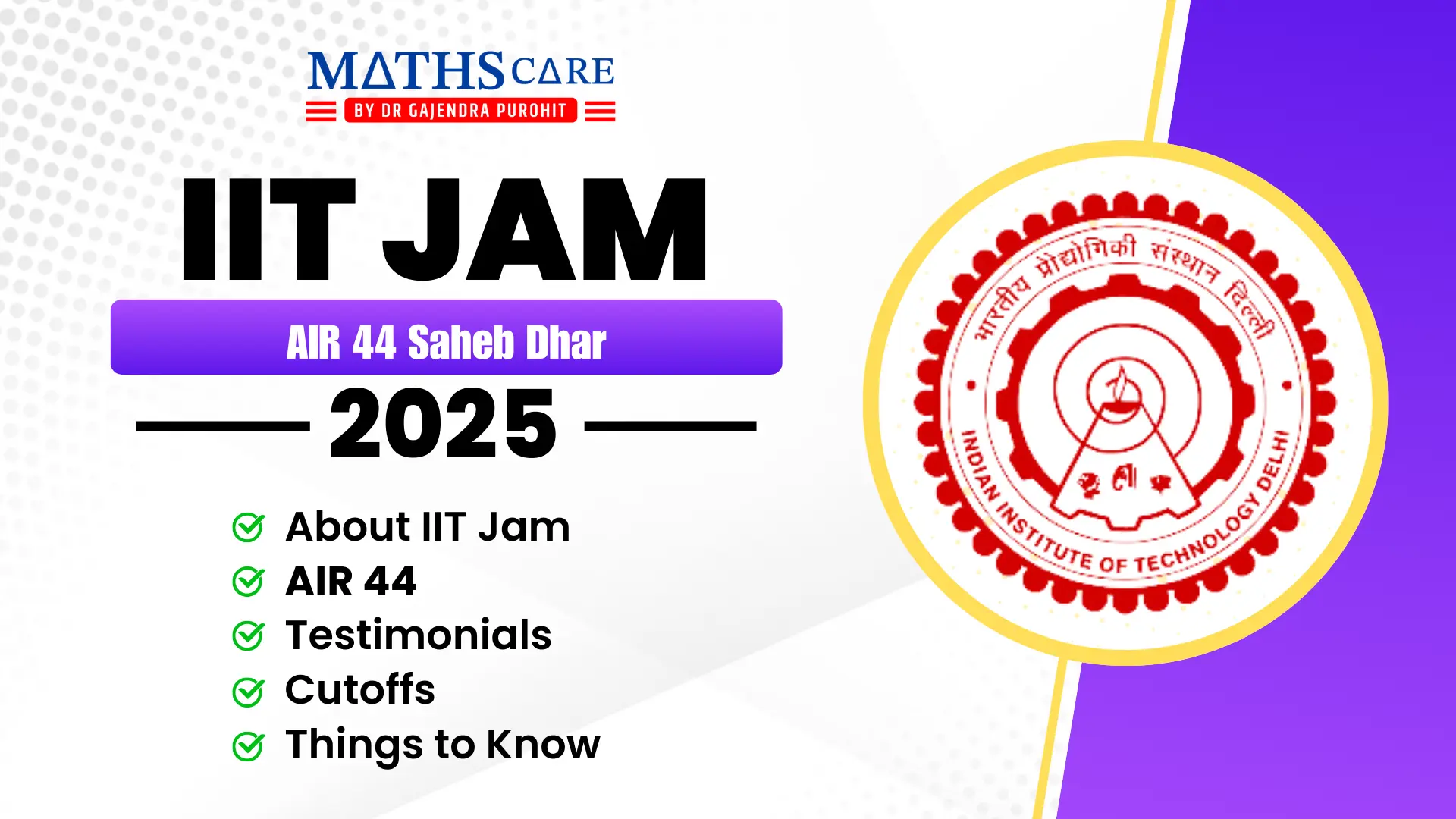
IIT JAM 2025 Topper: AIR 44 Saheb Dhar
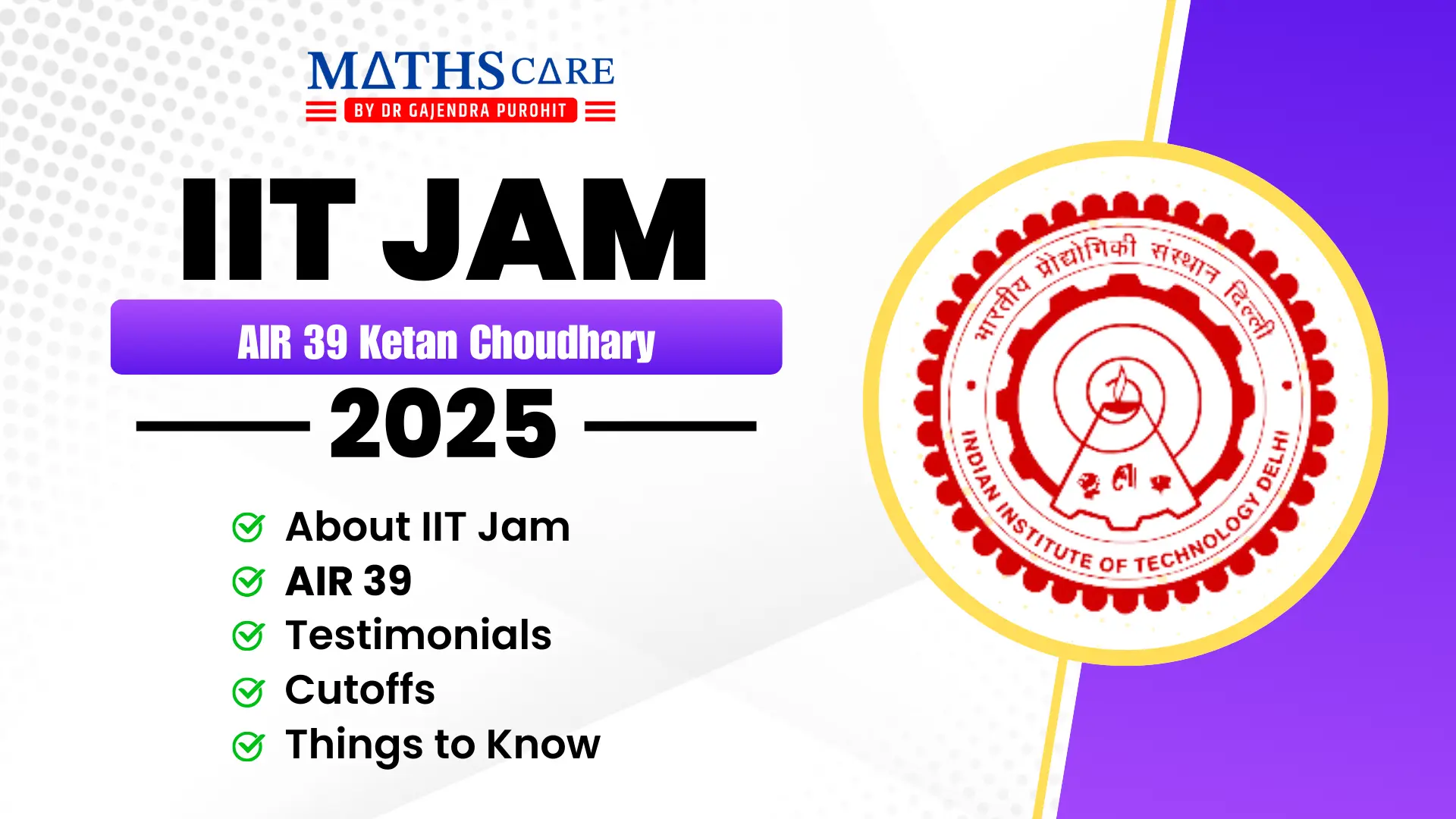
IIT JAM 2025 Topper: AIR 39 Ketan Choudhary
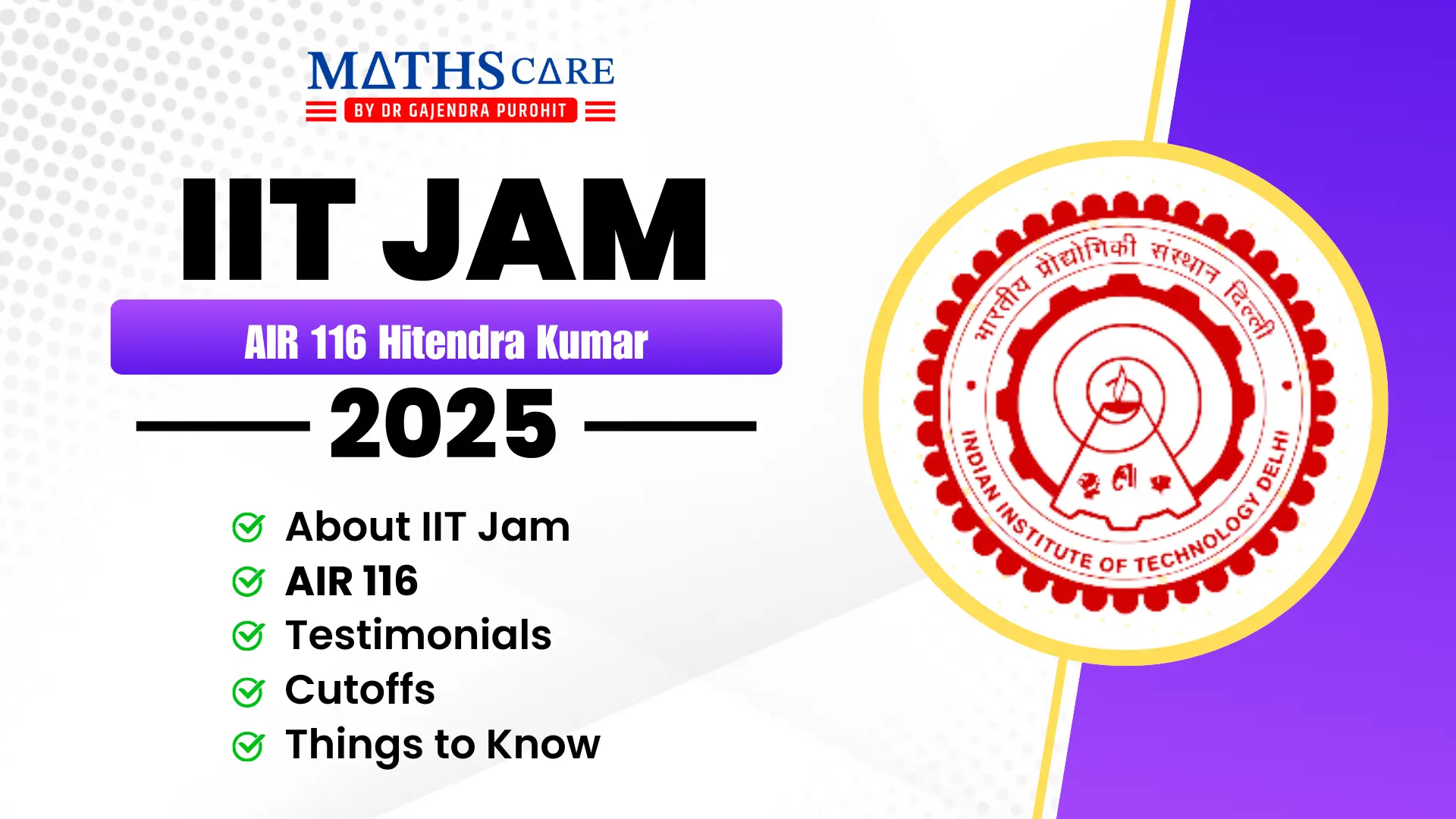
IIT JAM 2025 Topper: AIR 116 Hitendra Kumar
